The uncertain future of NFTs in China
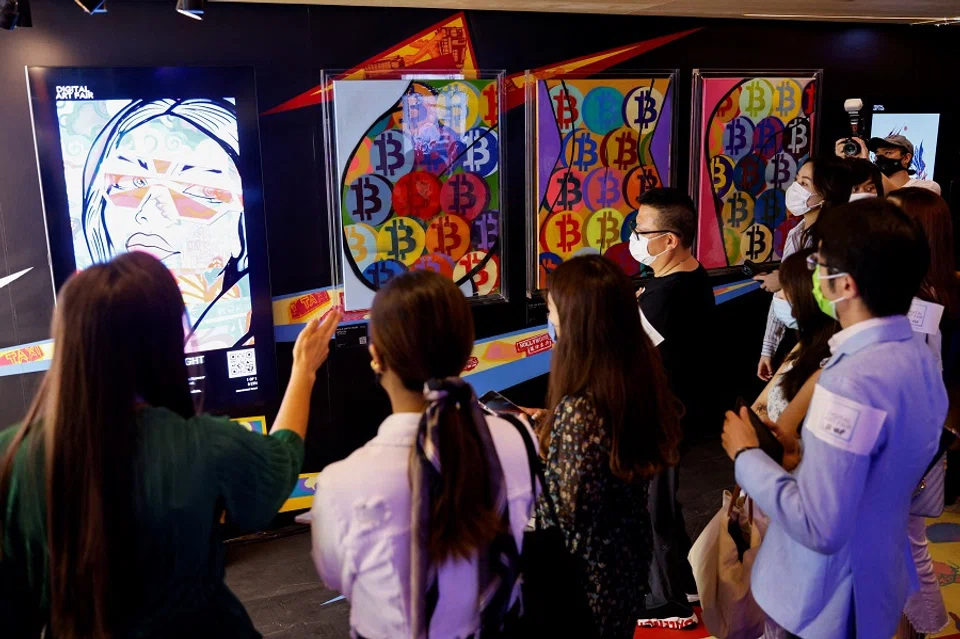
(By Caixin journalist Kelsey Cheng)
Last year saw the non-fungible token, or NFT, break into the mainstream, as hype over the volatile market for pixelated artworks pushed sales into the billions.
While speculative investing in cartoon apes and other works of variable artistic merit has captured the most attention, industry observers say that the underlying technology could perhaps offer long-term value if companies look to deliver solutions to a wider range of practical problems.
In China, NFTs are a growing phenomenon despite a cautious regulatory environment and official hostility to cryptocurrencies, which also use blockchain technology. Also, while the ability to trade NFTs and potentially turn a profit has been a huge draw for the technology in other markets, there is, so far, no official secondary market for such tokens in China.
Industry players are anticipating that regulators may soon offer more clarity on how the country's NFT market will work in the long run, which could provide a framework for innovation and as well as the broader commercialisation of the technology.
Despite only being launched in May, the NFT marketplace under the Hangzhou-based tech firm Bigverse has more than 800,000 registered users globally and is working with more than 80,000 artists...
NFT dreams
An NFT is a unique piece of data tracked on a blockchain digital ledger. Once created, it's immutable and doesn't require further proof of authenticity and ownership history. So far, the most high-profile use of the technology is as an ownership certificate of a digital asset such as an artwork.
According to a September report published by Citic Securities citing data from CoinGecko, the overall value of the NFT market reached US$12.7 billion in the first half of last year, an increase of nearly 310 times compared with 2018.
Data from NonFungible.com showed that NFT transactions reached US$754 million in the second quarter of 2021, a year-on-year increase of 3,453%. Collectibles and artwork accounted for a combined 80% of all transactions.
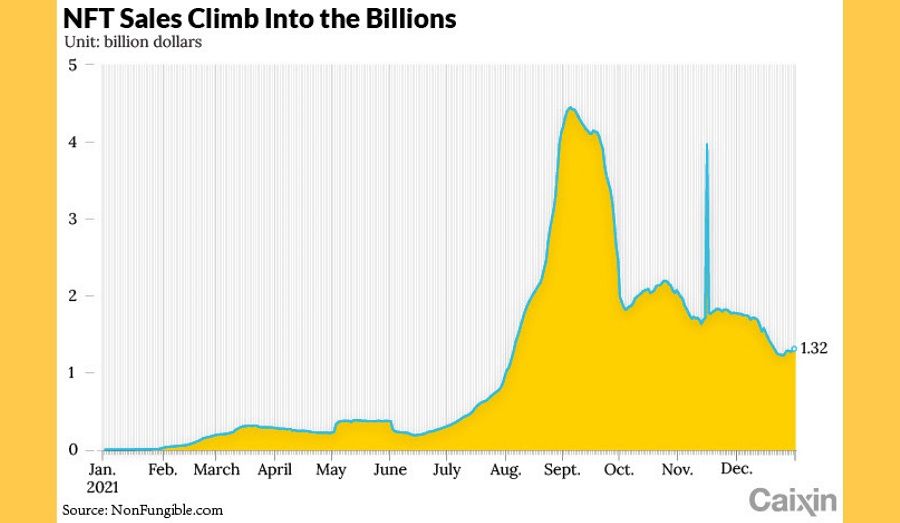
Specifically in the Chinese mainland, NFTCN is one of the biggest marketplaces for digital art. Despite only being launched in May, the NFT marketplace under the Hangzhou-based tech firm Bigverse has more than 800,000 registered users globally and is working with more than 80,000 artists, a company spokesperson told Caixin.
Enthusiastic advocates for NFTs tout the technology as potentially revolutionising the way we'll live our lives online, bringing a new level of tangibility to previously ephemeral digital assets.
"On this inevitable path of digital transformation, there lies a fundamental problem - how do we protect our property in a digital world? Previously, creations could be easily copied and appropriated without permission. An NFT, which provides a certificate of proof, could eventually help stop that from happening and protect the creator," said Beijing-based artist Fan Yiwen, who makes art under the name Reva.
Despite this being one of the main uses of the technology, there are still questions over important aspects, such as what rights the buyer of an NFT has over the underlying artwork and associated intellectual property.
The tokens are "interoperable", meaning that NFTs can allow digital assets to be used across different applications, games and projects, according to Kennen Wang, co-founder and CEO of BCA Network, a Shanghai-based crypto art marketplace.
"It is easy to imagine that in the future, apps won't require individual logins, just a digital wallet that will store and pull out all of your NFT assets whenever it's needed," he told Caixin.
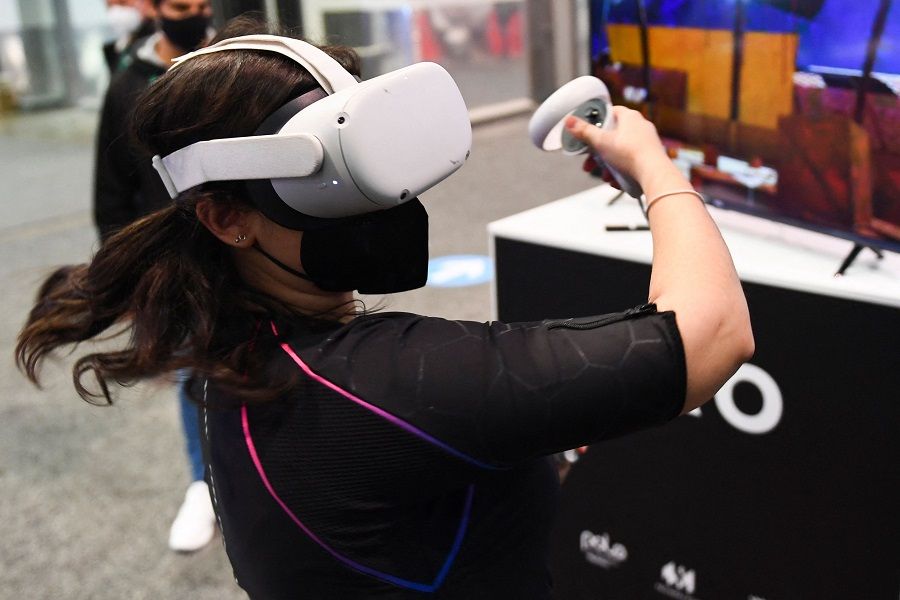
This interoperability is also part of the vision for the metaverse, another much-hyped concept which refers to an immersive, online, virtual-reality environment in which users can interact.
However, some have questioned the practicality of this interoperability of assets between games in particular, which at present often use very different systems to display assets and allow them to interact with the game world.
But in a slightly more down-to-earth manner, this aspect of NFTs could be applied to scenarios that involve proof of identity, certificates, milestones, as well as the management of licenses and qualifications, medical and academic records, and birth and death certificates.
"For example, an influencer who has millions of followers on video site Bilibili can issue this certification on the blockchain as an NFT and carry it across platforms, and others will be able to view and know for sure this information is authentic," Vincent Niu, partner at Sky9 Capital, a Shanghai-based venture capital firm focusing on emerging technologies in China, told Caixin.
Another use case is companies like stock photo platforms that license digital products, wrote Leighton Emmons, co-founder of NFT project Blockchain Boys Club in an article published on Nasdaq.com. For instance, transfers of licenses could be tracked via an associated NFT, making this process smoother. Emmons proposes that NFTs could also be linked to the sale of digital albums, allowing purchasers of music to resell it online.
NFTs, China-style
In China, tech giants hoping to hop on the bandwagon have issued their own NFTs, while emphasising they're not linked to cryptocurrencies, which are banned in the country.
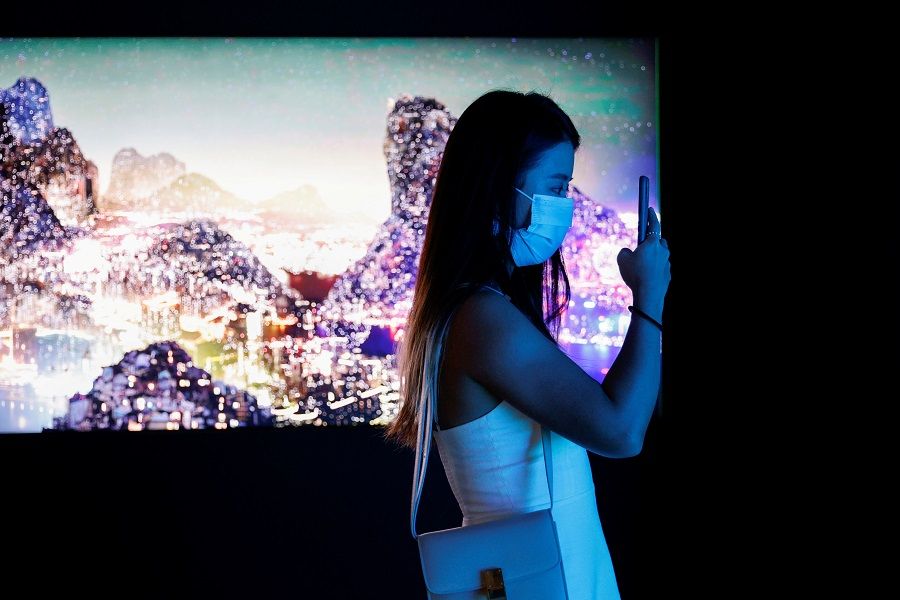
Their current NFT products are "mainly based on major popular IP, including audio, painting and others, aiming to encourage and promote the intellectual property protection of digital creation", said an August report from Sino Global Capital, a Beijing-based venture capital firm that invests in blockchain technology.
In June, Alibaba Group Holding Ltd.'s fintech affiliate Ant Group Co. Ltd. sold NFT mobile payment barcode skins on its Alipay platform. A total of 16,000 copies, designed by the Dunhuang Art Institute and developed by AntChain, Ant's blockchain technology unit, sold out within minutes.
In July, as part of a five-year deal with the governing body for European soccer, UEFA, AntChain launched a "top scorer trophy" NFT that has the scoring statistics of the top three players at the 2020 European Football Championship.
A month later, Alibaba, together with the government-backed Sichuan Blockchain Association, established an online marketplace for NFTs on Alibaba Auction. The platform allows content creators to verify the ownership of works and sell their products.
Ant has huge user-bases on its Taobao and Alipay, helping it gain first-mover advantage and development experience as it builds NFT platforms, according to Tianfeng Securities analysts Feng Cuiting and Wen Hao in an October report.
All of these NFTs, however, serve only as collectibles. Once bought, the NFTs cannot be resold, as opposed to their overseas counterparts that can be traded on platforms such as OpenSea, Solanart, and Binance.
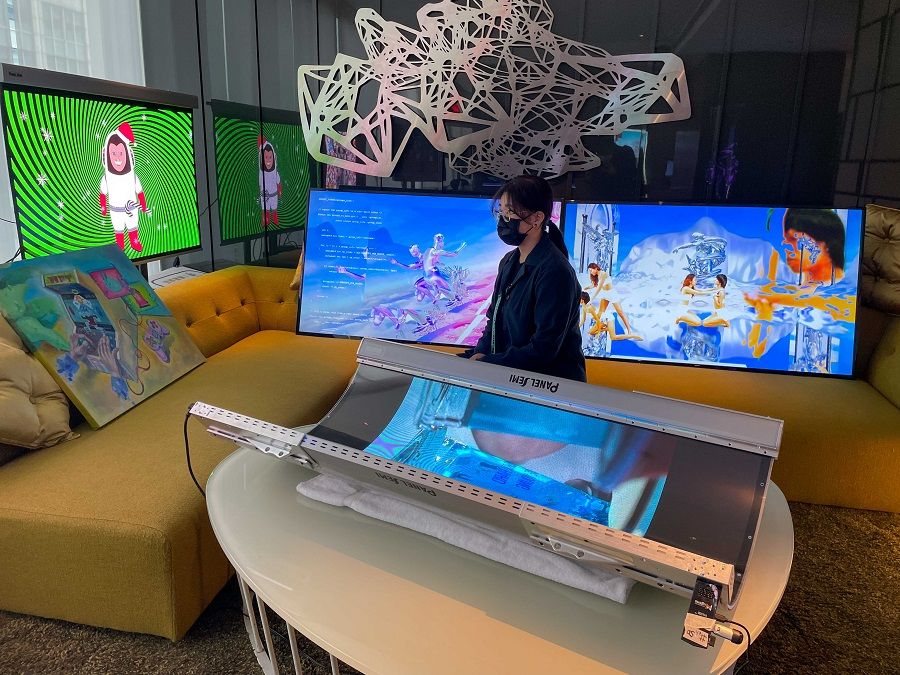
In August, Tencent Holdings Ltd. launched an NFT purchase and collection app called Huanhe, and issued NFTs based on celebrity talk show "Shisanyao", loosely translated as "13 Invitations". It later partnered with digital art sharing platform GGAC and artist Zhou Fangyuan to release a "Wanhuajing Digital Ethnic Book" NFT.
Tencent has a rich reserve of IP resources, backed by solid infrastructure based on its cloud and blockchain technology, according to analysts Feng and Wen.
"[Huanhe] is for the company to test the waters for NFT issuance and in the future, it could rely on mini programmes and public accounts on WeChat to achieve breakthrough NFT development," they said.
All of these NFTs, however, serve only as collectibles. Once bought, the NFTs cannot be resold, as opposed to their overseas counterparts that can be traded on platforms such as OpenSea, Solanart, and Binance.
As a result, blockchain developers, content creators and retail platforms can only monetise the primary market from collectors, the Tianfeng report said. This may lead to difficulties in building a complete ecosystem for blockchain-based games and the metaverse, they added.
To further play down their links to crypto, Tencent and Ant changed the name for NFTs on their platforms to "digital collectibles".
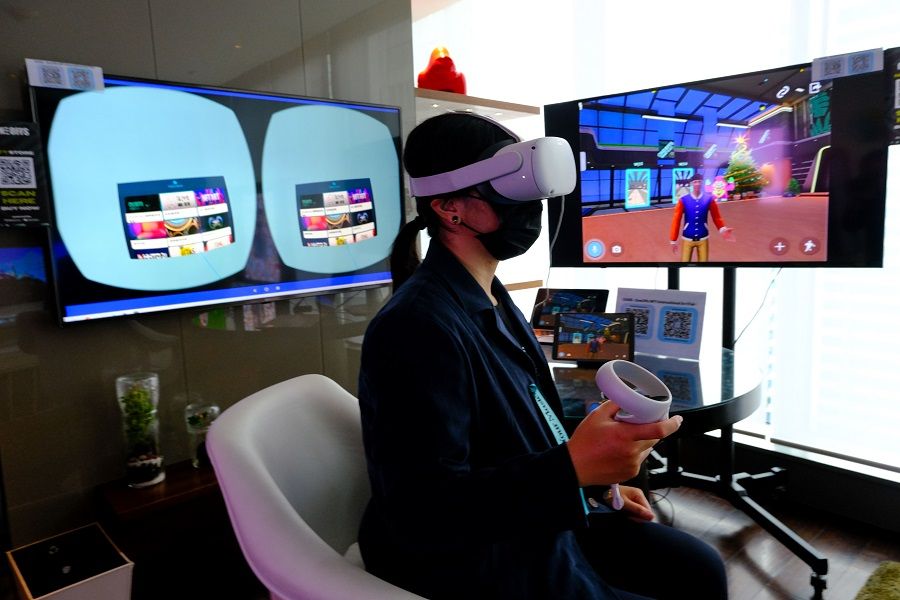
In a statement on 24 September 2021, AntChain said it "firmly opposes price speculation around digital collectibles", adding that it requires owners to hold their NFTs for at least 180 days before they can be transferred to another party.
"The resistance of China's NFT market in secondary transactions will inhibit the speed of development of NFTs in China at this stage, but the current booming secondary market is far from the fundamental core of NFTs, nor is it the only or absolute path for NFTs. In the future, NFTs can become collectibles and consumer goods, and investment is not the only value of NFTs," said BCA's Wang.
"In future, seeking a solution that can enable an open secondary market while curbing price speculation is the key to the further development of the domestic NFT industry," analysts Feng and Wen said.
"Compared to the West, China has a more mature e-commerce infrastructure, which could provide a better trading environment for NFTs," said Shi Qi, founder of Bigverse.
Discussions between Tsinghua University and relevant authorities have shown that even though there are no specific regulations surrounding NFTs in China right now, development in the area is encouraged, according to Rocky Xia, blockchain lab director at the Tsinghua X-lab under the university's School of Economics and Management.
"The government won't allow the country to fall behind in such technological development. Research and exploration in the area is allowed, and companies will take extra caution and self-disciplinary measures to avoid financial risks," Xia told Caixin.
For NFTs to see healthy development in China, they must be integrated with the industrial economy, Rocky Xia said, as opposed to the West, where its development is driven by cryptocurrencies.

He added that a set of draft standards governing the development of NFTs in China is currently being developed by a working group led by the government-backed China Technology Market Association and also involving research teams from Tsinghua, the Chinese Academy of Sciences, and major Chinese tech companies.
For NFTs to see healthy development in China, they must be integrated with the industrial economy, Xia said, as opposed to the West, where its development is driven by cryptocurrencies.
"In my opinion, the current regulatory pressures on NFTs are primarily for protecting retail investors. It's only a matter of time that the issuance and sale of these assets and secondary transactions will be carried out in a regulated manner under related policies," Sky9 Capital's Niu said. "It won't take Chinese players that long to catch up with the West."
Problems with NFTS
The current use cases of NFTs are too narrow and limiting, said Xia.
"NFT art collectibles are more of a symbol of status. There's no practical use, really - at least not in this area. We think it's an important technology, but right now its use is not complete. We need real-world business use cases that can show it is making an improvement to people's lives," Xia told Caixin.
Niu agrees. "Companies developing NFT projects should pay more attention to ... the specific problems being solved in specific scenarios. An NFT is only a technical means, not an end. It is meaningless to develop NFTs just for the sake of developing NFTs," he wrote in an article in June.
In an interview with the Creator Economics podcast, Coinbase co-founder Fred Ehrsam also urged creators to look past the hype and consider the fundamental nature of NFTs as a technology.
"This period in time will be looked back on as a lot of short term irrational exuberance... Yet, the trend is a paradigm shift in terms of how we think about media on the internet and it will be long and enduring," Ehrsam said.
"A lot of the [NFTs] being created today won't matter in a couple of years," he added. "The really powerful stuff will be people using NFTs as a new digital medium and building things that wouldn't be possible without this technology."
...in the current art-focused NFT market, there is the risk of someone copying an original digital artwork, minting it as an NFT, and selling it on an online marketplace...

As with every technology, particularly new ones, there is also a risk of misuse, experts say.
For instance, in the current art-focused NFT market, there is the risk of someone copying an original digital artwork, minting it as an NFT, and selling it on an online marketplace, according to Niu. There are also cybersecurity concerns such as fraud or compromised accounts that lead to users having their NFTs stolen.
In July 2021, a Caixin report on the shutdown of Bitcoin mining bases in Sichuan province featured a photo of a Tibetan woman clutching a bunch of computer cables for Bitcoin mining equipment, bringing to mind a Jean-François Millet painting called "The Gleaners".
An edited version of the widely circulated photo was uploaded to OpenSea, with an original price tag of US$6 million, though it was eventually sold for the equivalent today of about US$350. The incident is a textbook example of how the current form of the technology can still fail to protect copyright owners.
"We see online scams and phone scams every day, despite how mature these sectors are. Companies and platforms must step up their security strategies, but we can't miss the forest for the trees," Niu said.
This article was first published by Caixin Global as "In Depth: The Uncertain Future of NFTs in China". Caixin Global is one of the most respected sources for macroeconomic, financial and business news and information about China.
Related: Will overregulation kill Chinese firms' metaverse ambitions? | A metaverse with Chinese characteristics? | Metaverse: A bubble that could soon burst? | China's crackdown on cryptocurrencies: Bitcoin miners eyeing overseas ventures | How China took the lead in the digital currency race | Metaverse: A chance to build a better world
